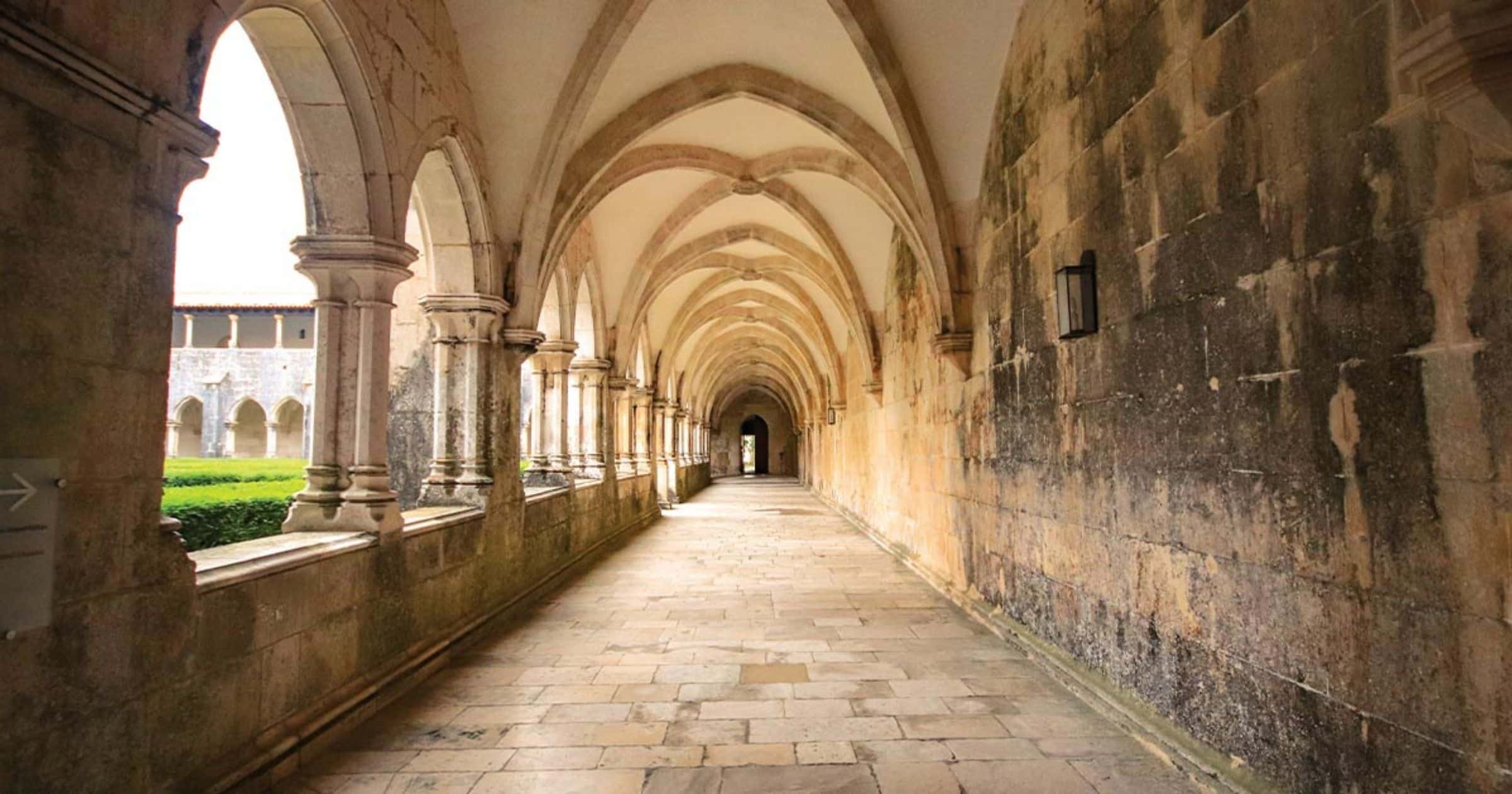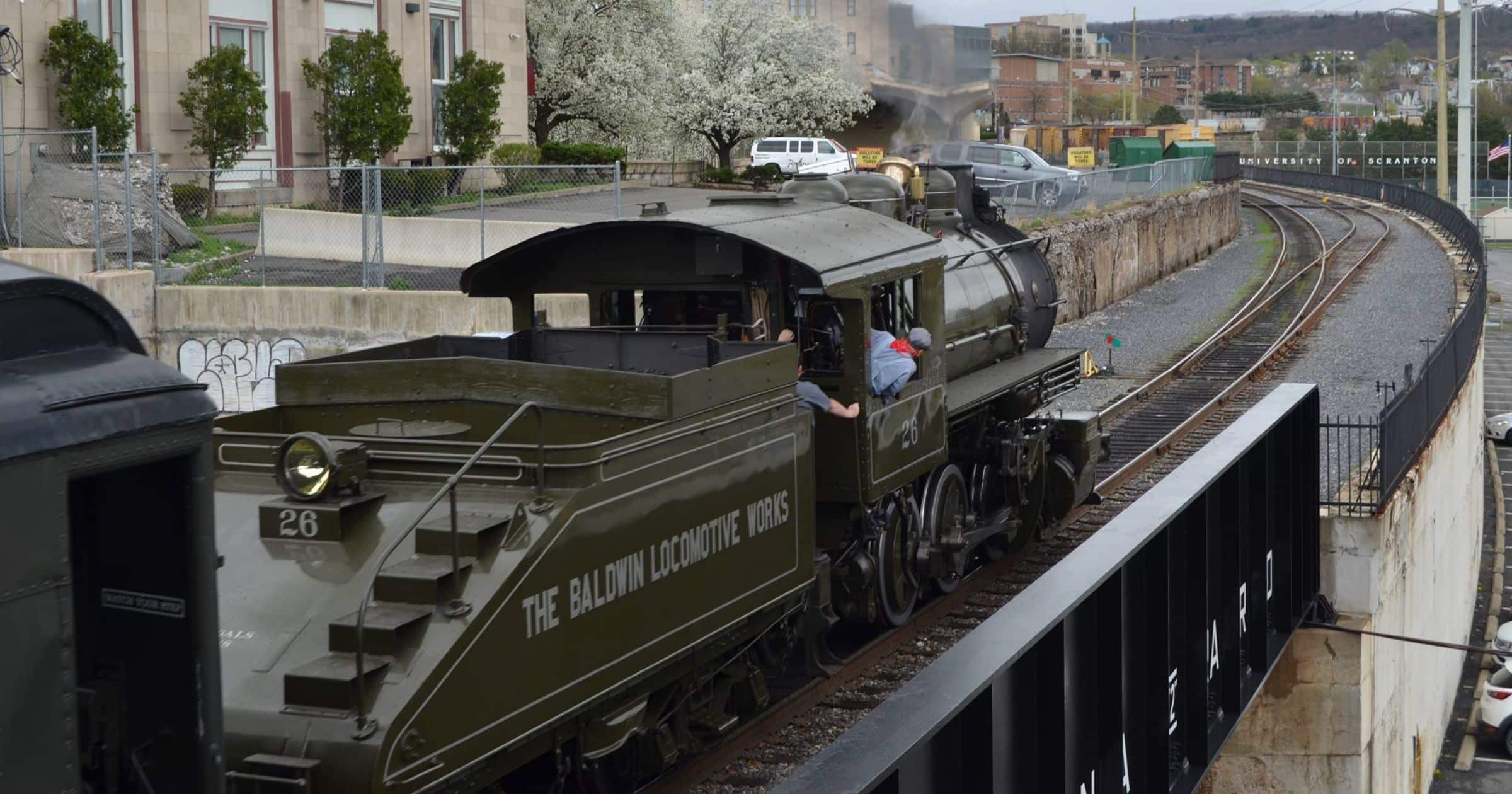For student travelers seeking a dynamic blend of history, hands-on art, sun-soaked coastline, and soulful music, Portugal is ideal.
Stretching along the western edge of the Iberian Peninsula, this small but vibrant country delivers a diverse range of experiences—from the winding alleys of medieval neighborhoods to golden beaches and grand palaces. ‘
A guided journey through Portugal offers young explorers a chance to learn, create, and connect with one of Europe’s oldest cultures.
Lisbon: The Historic Heartbeat of Portugal
The adventure begins in Lisbon, Portugal’s sun-drenched capital, where cobblestone streets twist through ancient neighborhoods and the scent of fresh pastries wafts from every corner café. Students will start by exploring the Alfama district, the city’s oldest quarter, where whitewashed buildings cling to steep hills and the sounds of Fado drift through narrow lanes. A walking tour reveals how Lisbon’s history—from Phoenician roots to Moorish architecture—lives on in its daily rhythms.
One of the highlights is a visit to Castelo de São Jorge, perched high above the city. Once a royal residence and military stronghold, the castle offers panoramic views and a tangible connection to Lisbon’s centuries-old past. Students can also tour the Jerónimos Monastery, a masterpiece of Manueline architecture, and stop for photos at the Tower of Belém and the Monument to the Discoveries, two iconic landmarks commemorating Portugal’s Age of Exploration.
No trip to Lisbon is complete without tasting the country’s beloved pastéis de nata, and students will get to enjoy them at Pastéis de Belém, where this egg custard tart originated. For a hands-on cultural experience, they’ll participate in an azulejo tile-making workshop, crafting their own version of the signature blue-and-white ceramic art that adorns buildings across the country.
For performance groups, Lisbon offers the chance to share their talents at venues such as the Lisbon Coliseum, the Theatre of the Spanish Institute, or St. Dominic’s International School. An optional evening excursion to a traditional fado performance provides a haunting, heartfelt window into Portuguese soul, where songs of longing and nostalgia tell stories that resonate across generations.
Day Trips to Sintra and Cascais
A day trip from Lisbon whisks students to the fairytale town of Sintra, a UNESCO World Heritage Site famed for its romantic palaces and misty mountain setting. Here, they’ll visit the Palácio Nacional de Sintra, with its dramatic twin chimneys and blend of Gothic, Manueline, and Moorish styles.
After exploring Sintra, the journey continues to Cascais, a former fishing village turned upscale coastal retreat. With free time to wander the beaches, cafes, and charming streets—or explore the nearby Citadel of Cascais—students can soak up the relaxed Atlantic vibes.
Porto: The Charms of the North
From Lisbon, students board a high-speed train to Porto, a city that rivals the capital in beauty and character. Known for its colorful riverside houses, port wine cellars, and ornate Baroque churches, Porto offers a new layer of Portuguese culture. A walking tour of the Ribeira district, part of the UNESCO-designated Historic Centre, reveals the city’s medieval roots and modern vibrancy.
The stunning Clérigos Church and Tower beckon students to climb its 75-meter-high bell tower for breathtaking city views, while a visit to Livraria Lello—a jewel-like bookstore rumored to have inspired J.K. Rowling—wows visitors with its stained glass, carved woodwork, and dramatic staircase.
Students can also take a scenic Douro River cruise, gliding past terraced vineyards and stately bridges. At sunset, they’ll gather near the Dom Luís I Bridge for one of the most photogenic moments of the trip. Music and performance students may even have the opportunity to perform at the Casa da Música or University of Porto, sharing their craft in one of Portugal’s cultural hubs.
Coimbra, Fátima, and the Spirit of Tradition
Continuing south, the group will stop in Coimbra, home to one of Europe’s oldest universities. Here, students tour the Coimbra University Library, a baroque masterpiece, and visit the Santa Cruz Monastery, a significant religious and architectural site. The town’s Old Quarter is a labyrinth of stone alleys, academic history, and timeless charm.
In Fátima, a site of major religious pilgrimage, students will learn about the reported Marian apparitions that have drawn millions of visitors. A visit to the Batalha Monastery, another UNESCO site, showcases Gothic grandeur at its most impressive.
Évora: Echoes of Ancient Civilizations
The journey concludes in Évora, a museum-like city enclosed by ancient walls. A guided walking tour reveals a tapestry of historical layers—from Moorish arches and Roman ruins to Renaissance squares and tiled courtyards. Students will see the Roman Temple, stroll past 16th- and 17th-century mansions, and pause in Praça do Giraldo, the city’s main square.
A visit to the Chapel of Bones leaves a lasting impression. This macabre site, where walls are lined with thousands of human bones, prompts reflection on history, mortality, and the fragility of life—deep topics for student travelers, but ones that enrich their understanding of Portugal’s complex heritage.




